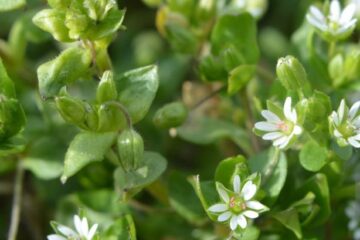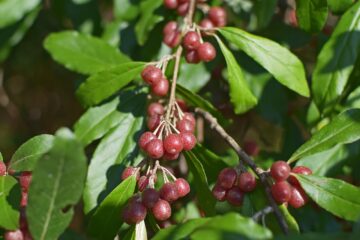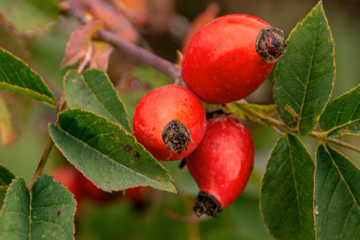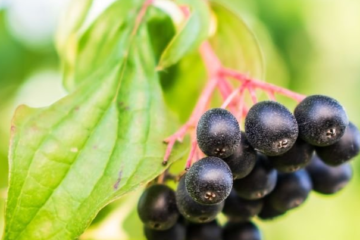Foraging Essentials: How to Find and Harvest Chickweed.
As a avid forager, one of my favorite plants to seek out in the spring is chickweed (Stellaria media). Often regarded as a common weed, it is a great wild edible plant. I also see it as a culinary treasure full of flavor and nutrition just waiting to be discovered. In this guide, I’ll share how to find and harvest chickweed, along with some creative ways to enjoy it in your kitchen. What is Chickweed? Chickweed is a fast-growing annual herb that thrives in cool, moist environments. Whenever I’m out foraging in the spring, I’m always delighted to spot its small, star-like white flowers, which bloom from early spring through summer. The leaves are bright green, oval-shaped, and often have[…]
Read more



